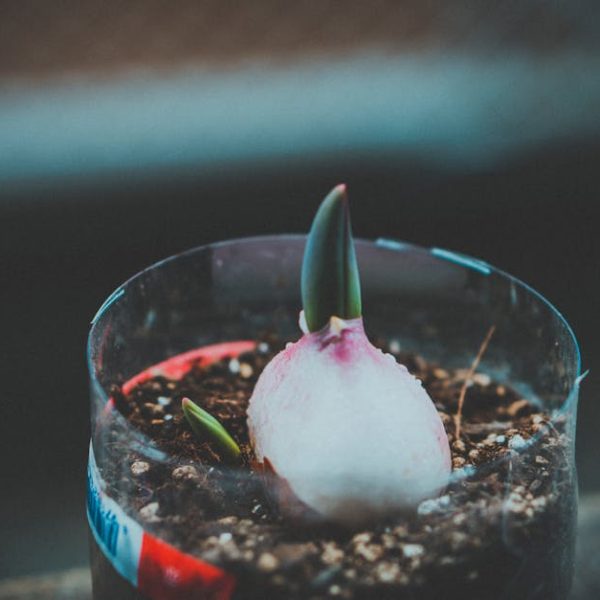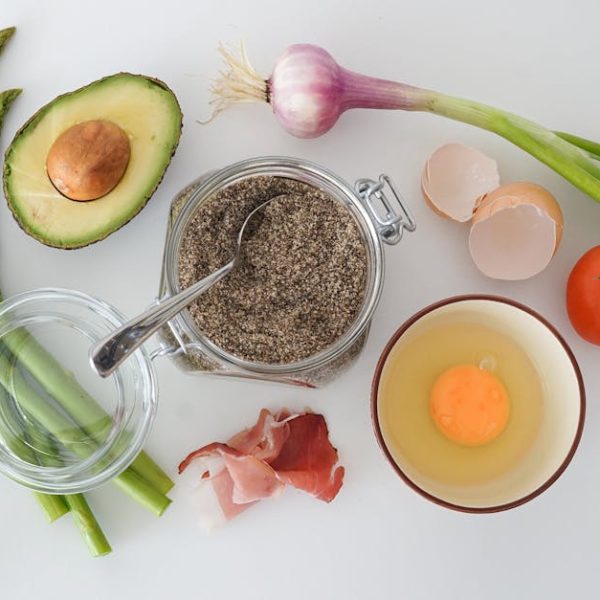Helpful Tools and Gadgets for Working with Romaine Lettuce
In the kitchen, having the right tools can make all the difference. When it comes to handling romaine lettuce, there are a few gadgets that can save you time and help maintain the lettuce’s quality.
– Types of Useful Kitchen Tools
– Salad spinners: Ideal for washing and drying lettuce without bruising the leaves.
– Lettuce knives: Designed to prevent browning or wilting of the cut edges.
– Lettuce storage bags or containers: Helps keep lettuce fresh for longer.
– Best Practices
– Always clean your tools before and after use to prevent cross-contamination.
The Importance of Properly Storing and Preserving Romaine Lettuce
Romaine lettuce is full of essential nutrients, but these can quickly degrade if the lettuce is not stored correctly. Beyond maintaining nutritional value, proper storage can preserve the taste and texture of your lettuce, making your salads and other dishes more enjoyable.
Storing and preserving your romaine lettuce properly can also reduce food waste and save you money in the long run. So, implementing the right strategies and techniques can have various benefits, from improving your health to aiding your pocket.
– Key Takeaways
– Proper storage maintains nutritional value.
– Quality taste and texture are preserved.
– Food waste is reduced, saving money.
Conclusion
When it comes to storing and preserving romaine lettuce, there’s a lot to consider. From selecting fresh produce in the store to knowing how to revive wilted lettuce at home, there are many tricks to prolonging the life of your greens. By cleaning your lettuce properly, choosing the right storage method, and using handy kitchen tools, you can keep your romaine lettuce fresh and nutrient-rich for longer. Remember, every bit of effort helps reduce waste and makes the most of your purchases, contributing to a more sustainable and budget-friendly kitchen.
– Final Pro Tip
– Starting with the freshest lettuce will always give you the best results. Don’t skimp on quality at the store and you’ll reap the rewards when you’re serving up crisp, delicious lettuce at home.
Awesome Tips for Storing and Preserving Romaine Lettuce
Correct Way to Select and Buy Fresh Romaine Lettuce
When selecting romaine lettuce in the market or store, look for indicators of freshness. A head of lettuce that has a vibrant green color, a crisp texture, and no obvious blemishes or spots implies that it is fresh. One thing many people forget to check is the bottom stem of the lettuce. Make sure it is firm and not at all slimy, which can be a sign of rot.
– Best Practices
– Always choose romaine lettuce with tightly packed leaves to ensure its freshness.
– Avoid lettuce with wilted or discolored leaves, as these are signs of age.
Proper Cleaning of Romaine Lettuce before Storage
Cleaning romaine lettuce correctly is crucial to remove dirt, bacteria, and any insects that might be hiding in the leaves. Special washing techniques like soaking lettuce in a bowl of cold water can help loosen dirt and grit trapped in the leaves. Swish the leaves around and let them sit for a few minutes before rinsing under running water.
– Steps in Cleaning Romaine Lettuce
– Start by separating the lettuce leaves to expose the dirt trapped inside.
– Rinse them under running water to wash off the dirt.
– Pat the lettuce leaves dry with a clean cloth or spin them in a salad spinner to remove excess water.
– Pro Tip
– While cleaning the lettuce, be gentle and avoid bruising the leaves.
Simple and Effective Methods of Storing Romaine Lettuce
There are several methods to store romaine lettuce that will help prolong its freshness. Storing lettuce in the high humidity drawer of your fridge is an option. For optimal freshness, aim for a temperature between 32 and 40 degrees Fahrenheit and a relative humidity of 95-100%.
– List of Different Storage Methods
– Wrap washed and dried lettuce leaves in a paper towel and then place them in a plastic bag before storing it in the fridge.
– Store unwashed lettuce in perforated plastic bags.
– Use a salad spinner with a storage function.
– Pro Tip
– Delay chopping your lettuce until you’re ready to eat or use it in a recipe to maintain its freshness and nutritional value.
Freezing Romaine Lettuce for Longer Preservation
In certain circumstances, freezing romaine lettuce can help extend its shelf life. However, this process changes the texture making it limp and it’s not suitable for use in salads but perfect for additions to smoothies or soups!
– Steps in Freezing Romaine Lettuce
– Wash and thoroughly dry the lettuce prior to freezing.
– Cut the lettuce into the sizes you want before freezing it.
– Freeze the lettuce in airtight containers or ziplock bags to prevent freezer burn.
– Comparison – Pros and Cons
| Pros | Cons |
|---|---|
| Provides a longer shelf life | Loses crispness and changes in texture |
| Ideal for use in smoothies and soups | Not suitable for salads after thawing |
Reviving Wilted Romaine Lettuce
If your lettuce leaves are beginning to wilt or go limp, don’t throw them out right away! There’s a well-known trick of reviving them by soaking in cold water for about 15-30 minutes.
– Checklist for Reviving Wilted Romaine Lettuce
– Soak the wilted lettuce leaves in cold water.
– Allow it to rest in the fridge for 15-30 minutes.
– Ensure it’s not over-soaked as it can lead to sogginess.
– Pro Tip
– Always inspect for signs of spoilage before attempting to revive wilted lettuce. If it smells bad or shows visible signs of mold, it’s better to throw it away.
Helpful Tools and Gadgets for Working with Romaine Lettuce
The right tools make meal prep faster and easier. For romaine lettuce, consider investing in a salad spinner for quick washing and drying, a lettuce knife to prevent the edges of the lettuce from browning or wilting, and a lettuce storage bag or container to extend shelf life.
– Types of Useful Kitchen Tools
– Salad spinners: Ideal for washing and drying lettuce without bruising the
Key Takeaway:
- Choosing the freshest Romaine lettuce involves checking its color, texture, lack of blemishes, and a firm bottom stem.
- Proper cleaning of the lettuce ensures the removal of dirt and bacteria while maintaining its nutritional value.
- Various storage techniques such as using containers with paper towels, perforated plastic bags, or a salad spinner can preserve the lettuce’s freshness.
- Although freezing lettuce extends its shelf life, it alters its texture making it unsuitable for salads.
- Wilted lettuce can be revived by soaking it in cold water but should be discarded if it shows signs of spoilage.
- Efficient tools like salad spinners, lettuce knives, and storage containers can ease the handling of Romaine lettuce.
Remember, properly storing and preserving lettuce not only maintains its nutritional value but also contributes to a more sustainable and budget-friendly kitchen. So, don’t shy away from employing these tips in your daily routine and experience the difference!
FAQs
Q: How do I check if my stored lettuce is still safe to eat?
A: Look for signs such as changes in color, an off-odor, or visible mold to detect spoilage. If any of these signs are present, it’s better to discard the lettuce.
Q: Can I freeze lettuce for a very long time, say, months?
A: Yes, you can freeze lettuce for up to 6 months. However, remember that the texture will change and it will not be suitable for salads after defrosting.
Q: Is it necessary to use a lettuce knife?
A: No, it’s not necessary but is recommended. Lettuce knives prevent browning or wilting of the cut edges thus prolonging the lettuce quality.
Q: What other vegetables can I use these storage methods for?
A: Most leafy greens, such as spinach, kale, and chard, can be stored using the methods mentioned for romaine lettuce.
Q: How can I infuse flavor into my romaine lettuce?
A: You can marinate your cleaned and dried lettuce with your preferred dressing. Remember, the dressing might shorten the lettuce’s lifespan, so it is advisable to consume it promptly.
Feel free to share this article and explore more food storage posts on our website!






